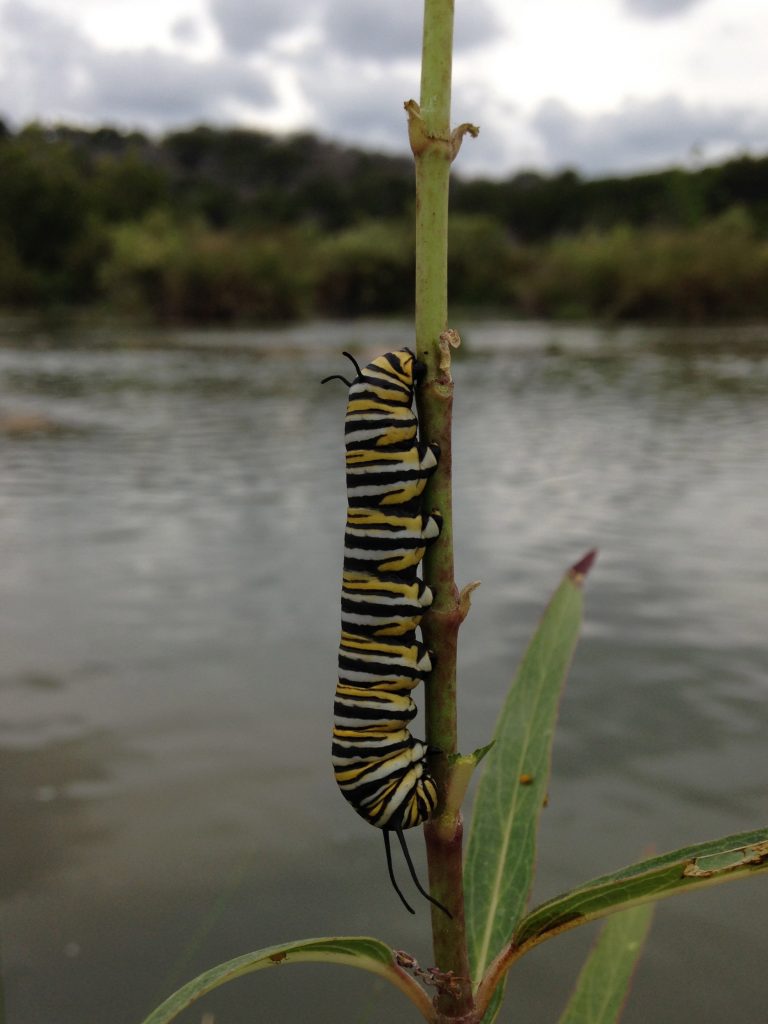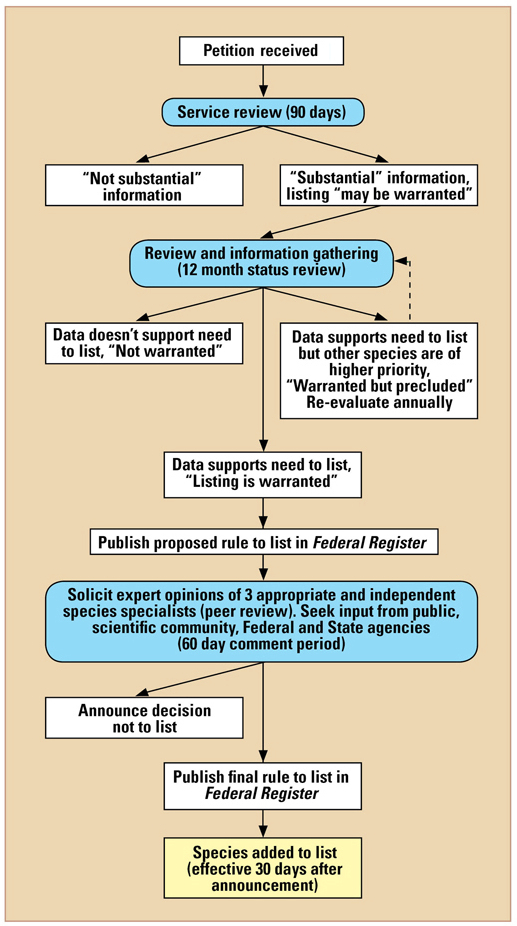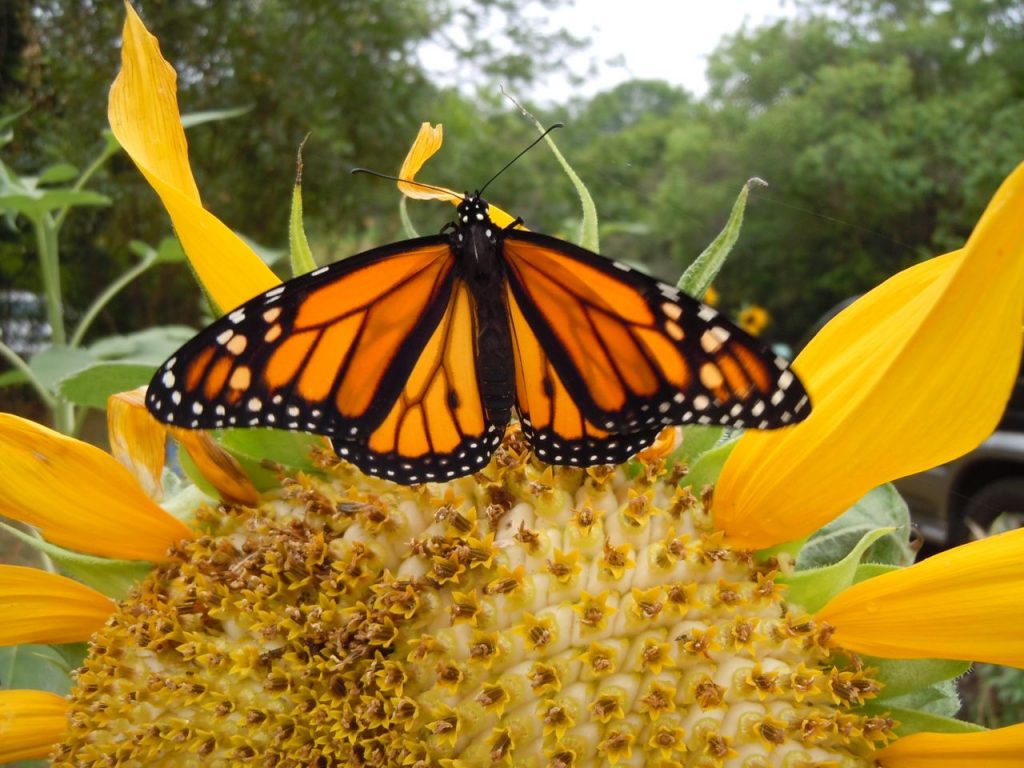The U.S. Fish and Wildlife Service (USFWS) announced this week it will conduct a status review to determine whether or not the Monarch butterfly should be listed as “threatened” under the Endangered Species Act (ESA). The conservation arm of the U.S. government has been considering the matter ever since the Xerces Society, Center for Food Safety, Center for Biological Diversity and Dr. Lincoln Brower submitted this petition to the Secretary of the Interior on August 26. Read the press release.
The petition caused quite a flutter in the Monarch butterfly community over the past few months. Listservs and social media outlets mulled the possibilities inherent in a threatened status listing. Hundreds of scientists and enthusiasts signed letters and petitions of support, yet others took issue with the 159-page petition.
Professional butterfly breeders and some citizen scientists (including yours truly) expressed concerns about the petition’s final sentence, which described how people like me and you will only be allowed to raise 10 or fewer Monarchs per year–unless that activity is “overseen by a scientist, conservation organization, or other entity dedicated to the conservation of the species.”

If the Monarch butterfly is declared threatened under the Endangered Species Act, will it be illegal to take this boy home and get him to the next stage? –Photo by Monika Maeckle
Commercial butterfly breeders, who supply the exhibition, natural history, education, and special event businesses with butterfly stock, strongly objected to the petition, suggesting it could jeopardize their businesses. At its core, the petition does strike at the heart of what has made the Monarch butterfly so iconic, widely embraced, and understood–the crowdsourcing utilized to unravel its mysterious migration and the resulting groundswell of interest in conserving it.
Reactions to the move toward threatened status were mixed.
“Could have gone either way,” said Dr. Chip Taylor, founder of Monarch Watch, the citizen scientist program that tags thousands of Monarch butterflies each year. “This finding just means it advances to the review stage and these reviews can be repeated year after year after year for decades. If the current population is as large as I think it is and there is no catastrophic mortality in Mexico this winter, support for the petition could fade. Successful large scale restoration efforts with lots of attendant publicity could also weaken the case for threatened status.” he added. Taylor has stated his opposition to the petition, calling for an apolitical approach and expressing concerns about landowner backlash if milkweed–the Monarch butterfly’s host plant–is declared critical habitat.
 “We are extremely pleased that the federal agency in charge of protecting our nation’s wildlife has recognized the dire situation of the Monarch,” said Sarina Jepsen, endangered species director of the Xerces Society, one of the organizations that submitted the petition. “Protection as a threatened species will enable extensive Monarch habitat recovery on both public and private land,” she added.
“We are extremely pleased that the federal agency in charge of protecting our nation’s wildlife has recognized the dire situation of the Monarch,” said Sarina Jepsen, endangered species director of the Xerces Society, one of the organizations that submitted the petition. “Protection as a threatened species will enable extensive Monarch habitat recovery on both public and private land,” she added.
Tierra Curry, a senior scientist at the Center for Biological Diversity echoed those sentiments in this statement posted on the organization’s website: “The Endangered Species Act is the most powerful tool available to save Monarchs so I’m really happy these amazing butterflies are a step closer to the protection they so desperately need.”
Commercial butterfly breeders were not so thrilled.
 “The IBBA does not believe that a status of threatened is appropriate or warranted at this time for the Monarch butterfly,” said the International Butterfly Breeder’s Association president Kathy Marshburn in response to the news. She added that habitat conservation is necessary to support and promote the survival of the Monarch and the IBBA will continue to support these efforts.
“The IBBA does not believe that a status of threatened is appropriate or warranted at this time for the Monarch butterfly,” said the International Butterfly Breeder’s Association president Kathy Marshburn in response to the news. She added that habitat conservation is necessary to support and promote the survival of the Monarch and the IBBA will continue to support these efforts.
The Association For Butterflies, a butterfly education and advocacy group for farmers and hobbyists, issued the following statement: “The Association for Butterflies is saddened to hear that Fish and Wildlife has decided to move ahead with the process of listing the Monarch butterfly as a threatened species. There is clear evidence that the butterfly itself is not threatened, only the migration phenomenon. Monarch Watch and other organizations are on the right track to help increase the migration numbers by encouraging private citizens and others to plant milkweed, which AFB will continue to support as we work towards helping all pollinators.”

This is the process. We are entering the second blue bubble from the top. Stay tuned. –Courtesy graphic
So what happens next?
The USFWS will continue to review information, including public comments submitted in the next 60 days. Stakeholders and organizations have two months to express concerns and get them on the public record.
After two-months of public comment, the petition will be considered and evaluated until August 26, 2015 (12 months from the initial filing of the petition) then result in one of the following:
1) USFWS proposes the Monarch for listing
2) USFWS declines to list the Monarch
3) USFWS decides that listing is warranted but precluded by higher priorities, and the Monarch then would be added to a waitlist of candidate species.

Let your voice be heard! Starting tomorrow, post comments at the page above. Just click on the picture above and Insert docket #FWS-R3-ES-2014-0056 into the search box.
“The public is key right now,” said Vanessa C. Kauffman, spokesperson for USFWS. “We value their input during the status review period.”
So gather your thoughts for posting to the public record, and let your voice be heard. The notice will be published in the Federal Register tomorrow, December 31, 2014, and the public comment period will end March 2, 2015. Starting tomorrow, you can view the notice and submit information by visiting www.regulations.gov and typing docket number FWS-R3-ES-2014-0056 into the search box.
Related posts:
- Endangered Species Act Wrong Tool for the Job of Monarch Butterfly Conservation?
- It Takes a Village to Feed Hungry Monarch Caterpillars
- Desperately Seeking Milkweed: Milkweed Shortage Creates Butterfly Emergency
- Monarch Butterflies Headed our Way in Apparent Rebound Season
- Llano River Ready for “Premigration Migration” of Monarch Butterflies
- Pollinator Power on the San Antonio River Walk
- 2014 Monarch Butterfly Migration: Worst Year in History or Hopeful Rebound?
- How to Raise Monarch Butterflies at Home, Part One
- First Lady Michelle Obama Plants First Ever Pollinator Garden at the White House
- Monarch Butterfly Numbers Plummet: will Migration become Extinct?
- NAFTA Leaders, Monsanto: Let’s Save the Monarch Butterfly Migration
Like what you’re reading? Follow butterfly and native plant news at the Texas Butterfly Ranch. Sign up for email delivery, like us on Facebook, or follow us on Twitter, @monikam.


Live in magnolia texas. Need help. Can you refer. Monarchs.